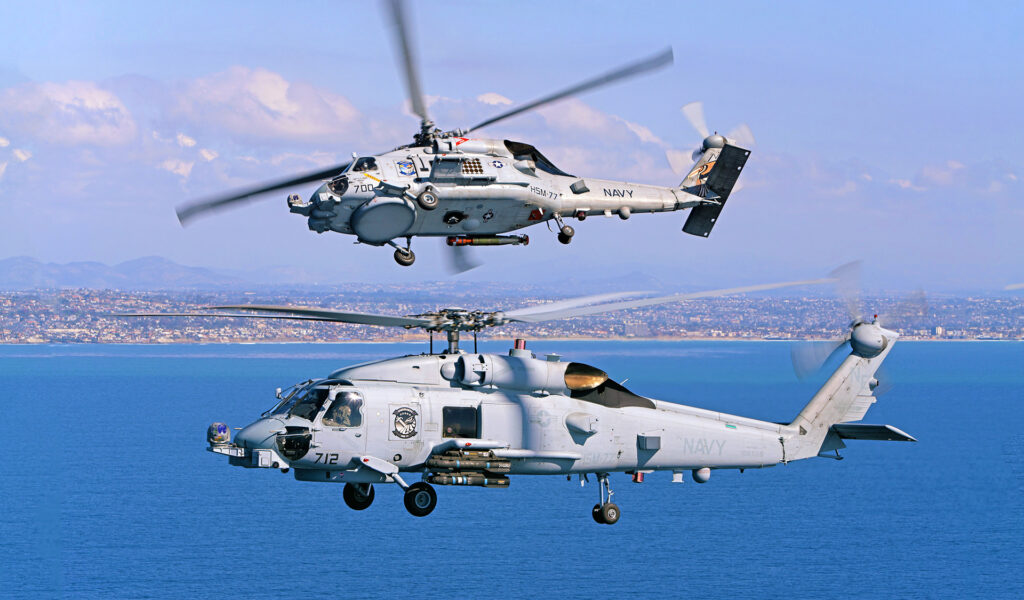In the early morning hours of New Year’s Eve, US Navy helicopters responding to a commercial vessel’s distress call in the Red Sea found themselves under fire by Iranian-backed Houthi rebels armed with crew-served weapons and a variety of small arms. The engagement was as brief as it was one-sided, however, with the American helicopters quickly sinking three of the four attack boats, leaving the fourth to retreat.
This rare demonstration of the surface combat capabilities of the Navy’s MH-60 Sea Hawk helicopters resulted in no injuries to the crew of the commercial vessel or among Navy personnel. Houthi forces, on the other hand, have confirmed the death of 10 combatants.
What happened in the attack
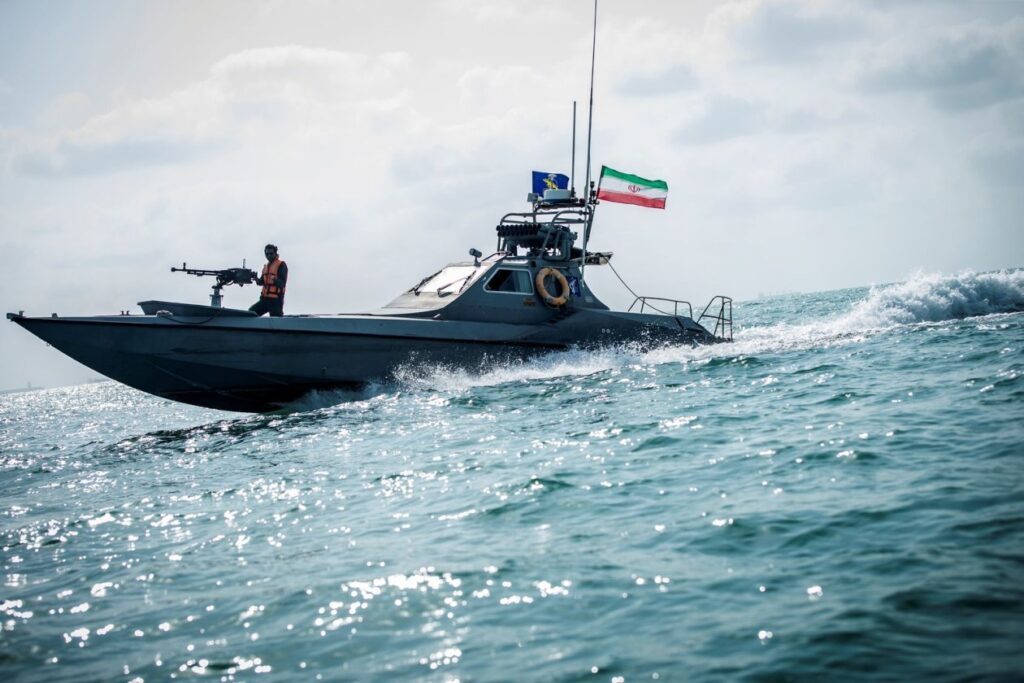
According to media reports, the Singapore-flagged Maersk Hangzhou container ship, which is carrying some 14,000 containers of cargo destined for Singapore, was struck by a Houthi missile on Saturday, though the attack seemed to result in only minor damage. According to the shipping company Maersk, there was no fire onboard and the vessel intended to continue its route out of the area.
However, the crew soon found themselves under attack for the second time in less than 24 hours – this time, by a pack of armed attack boats closing with them in the Red Sea.
“The small boats, originating from Houthi-controlled areas in Yemen, fired crew served and small arms weapons at the MAERSK HANGZHOU, getting to within 20 meters of the vessel, and attempted to board the vessel,” a US Central Command press release reads.
A small group of security contractors onboard the Maersk Hangzhou returned fire as the rebels approached, slowing their advance as helicopters – likely MH-60 Sea Hawks – were dispatched from the nearby USS Eisenhower, a Nimitz-class aircraft carrier, and the USS Gravely, an Arleigh Burke-class guided-missile destroyer.
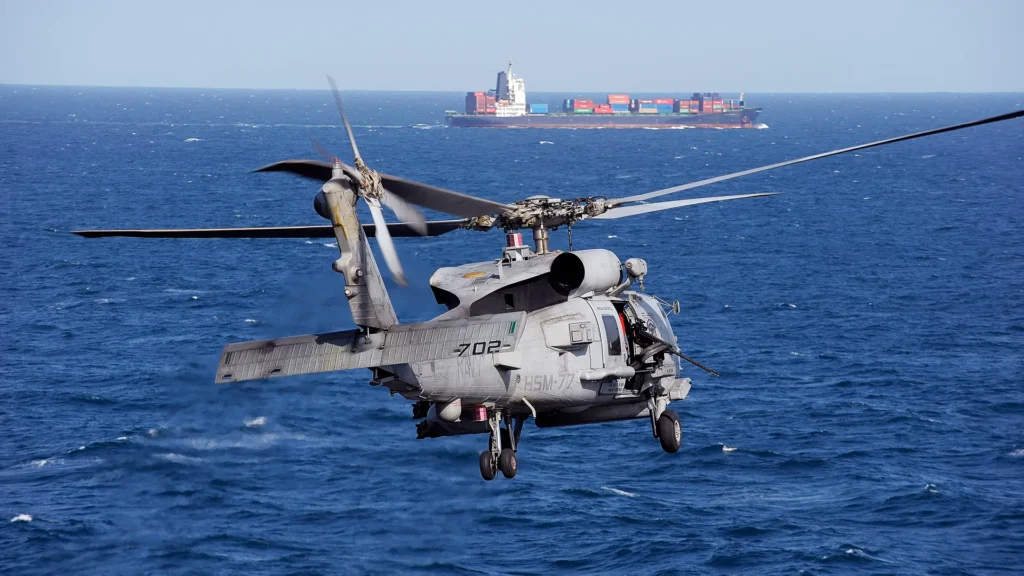
Within minutes, the helicopters were closing with the attack boats, and soon found themselves under fire as well.
“…In the process of issuing verbal calls to the small boats, the small boats fired upon the US helicopters with crew served weapons and small arms. The US Navy helicopters returned fire in self-defense, sinking three of the four small boats, and killing the crews,” the release says.
Crew-served weapons are larger weapon systems like machine guns that require multiple personnel to operate. In US military units, crew-served weapons are traditionally operated by at least three individuals: a gunner, an assistant gunner, and an ammunition bearer. These weapons tend to provide a greater volume of fire than small arms, and in many cases also leverage larger rounds with greater range or penetrative power.
It is unclear what weapon systems the Navy crews used to take down these boats, but the truth is, they carry plenty of firepower for the job.
Related: US Navy seizes large Iranian ammo shipment bound for Yemen
The Navy’s MH-60 Sea Hawks are bristling with anti-surface firepower
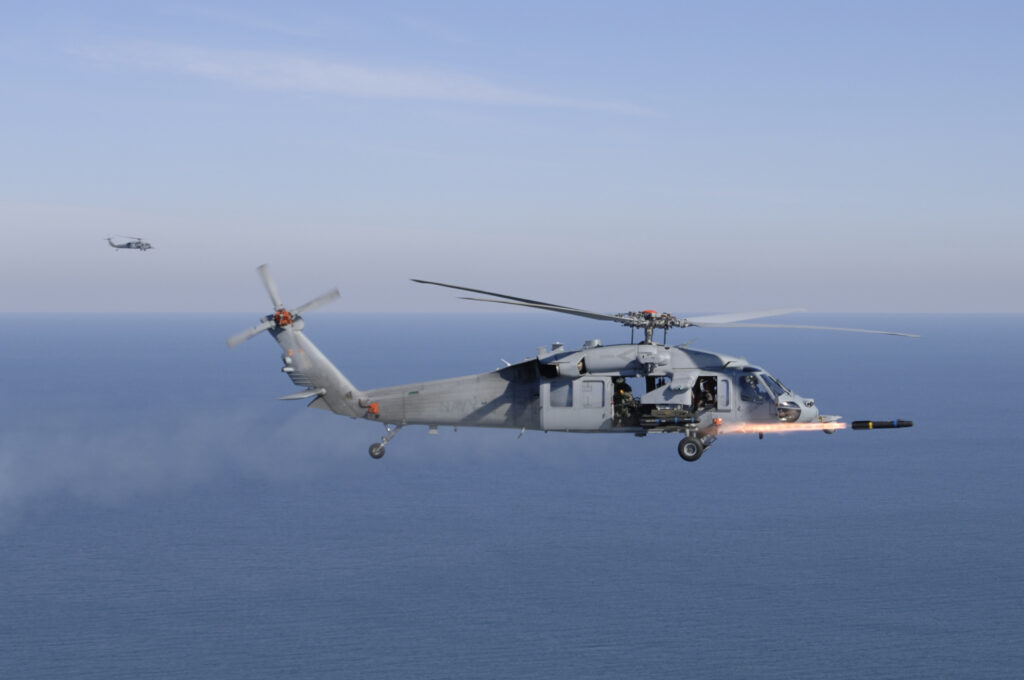
The US Navy operates two different variants of H-60 series helicopters. The MH-60s, often known as the Knighthawk, is a multi-mission helicopter that sees very similar use to its Army Black Hawk siblings as a general-purpose utilitarian rotorcraft. The MH-60R, often referred to as a “Romeo,” on the other hand, is a variant of the helicopter that is equipped superficially for anti-submarine warfare.
These helicopters can be equipped with a variety of weapon systems that make them a formidable opponent for the sorts of armed attack boats used by groups like the Houthis. They also carry their own crew-served weapon systems in the form of M240 or even more potent M2 50 caliber machine guns. The Romeo is also capable of carrying Mk 54 lightweight torpedoes to engage enemy submarines, or even up to eight AGM-114 Hellfire anti-surface missiles.
The Romeo comes equipped with the Telephonics APS-147 multimode radar for targeting on and above the surface of the water, and the AN/AQS-22 airborne low-frequency sonar (ALFS) subsystem to engage submerged targets like enemy attack subs. In terms of general situational awareness, the Romeo also flies with the AN/ALQ-210 Electronic Support Measures (ESM) system, which performs situational awareness and threat warning functions simultaneously by constantly scanning the environment around the helicopter to detect potential threats and soaking up Electronics Intelligence (ELINT) for reconnaissance operations or even strike targeting. This is supplemented by the MH-60R’s second-generation AAS-44 forward-looking infrared (FLIR) electro-optical (EO) system that not only allows pilots to surveil the battlespace in low-light conditions, but can provide direct Hellfire targeting.
These helicopters are considered “tolerant” of small arms fire and even medium-caliber high-explosive projectiles, with even the main rotorblades designed to withstand impacts from rounds as big as 23mm. The Navy’s MH-60s fly with triple-redundancy hydraulic and electronic systems, redundant fail-safe rotor controls, self-sealing fuel tanks, and spall-resistant cockpit glass to prevent shattering when penetrated by enemy rounds.
The helicopter can stay airborne for nearly three and a half hours for surface warfare operations, or a bit under three hours when armed with heavier anti-submarine torpedoes.
Related: An Israeli F-35 just took down a cruise missile mid-flight
Ongoing conflict in the Red Sea
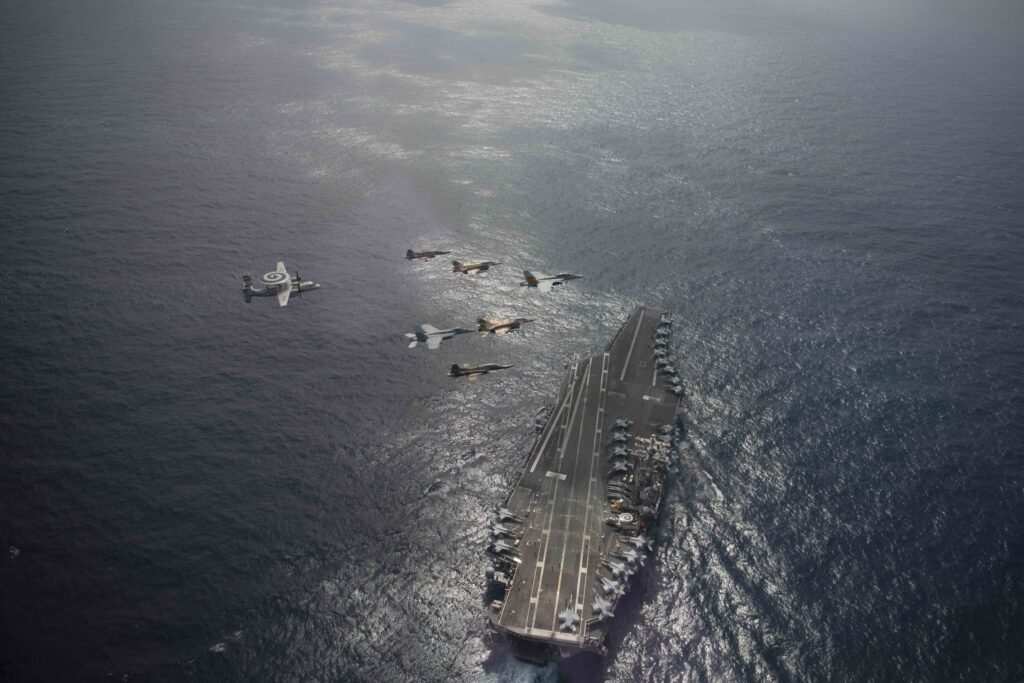
Yemen’s Houthi rebels are an Iranian proxy, meaning they often operate on behalf of or at the behest of Tehran which supports them. They have been targetting commercial and naval vessels transitting the Red Sea since November in support of Hamas, which has been under attack by Israeli forces in Gaza since Hamas launched a surprise attack on Israeli towns on October 7.
The Red Sea is a vital global shipping lane, as the entry point for the Suez Canal which sees approximately 12% of global trade traverse its waters each year. In December, the United States established Operation Prosperity Guardian to protect ships sailing through this waterway, alongside more than 20 other countries, though many have yet to be disclosed.
Read more from Sandboxx News
- GE’s hypersonic rotating detonation engine breakthrough could change aviation forever
- Fighter pilot breaks down how aerial refueling works
- How an F-16 dodged 6 surface-to-air missiles in an airstrike gone wrong
- The Air Force created a F-35 ‘Frankenbird’ for the first time – with help from the A-10
- NORAD will track Santa’s hypersonic gift-delivery operations
